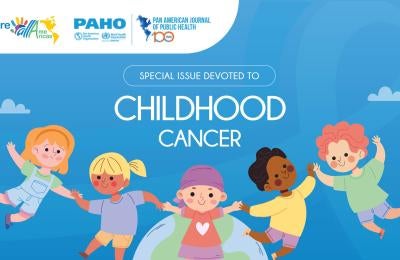Managing conflicts of interest in tobacco control: situation in the Americas
This special report describes the methodology for calculating the indicator for the adoption of effective mechanisms to counter interference by the tobacco industry and those who work to further its interests, as established in the Strategy and Plan of Action to Strengthen Tobacco Control in the Region of the Americas 2018-2022; the report also presents the status of adoption of these mechanisms in the countries of the Region as of 2019, and progress since 2016.
















